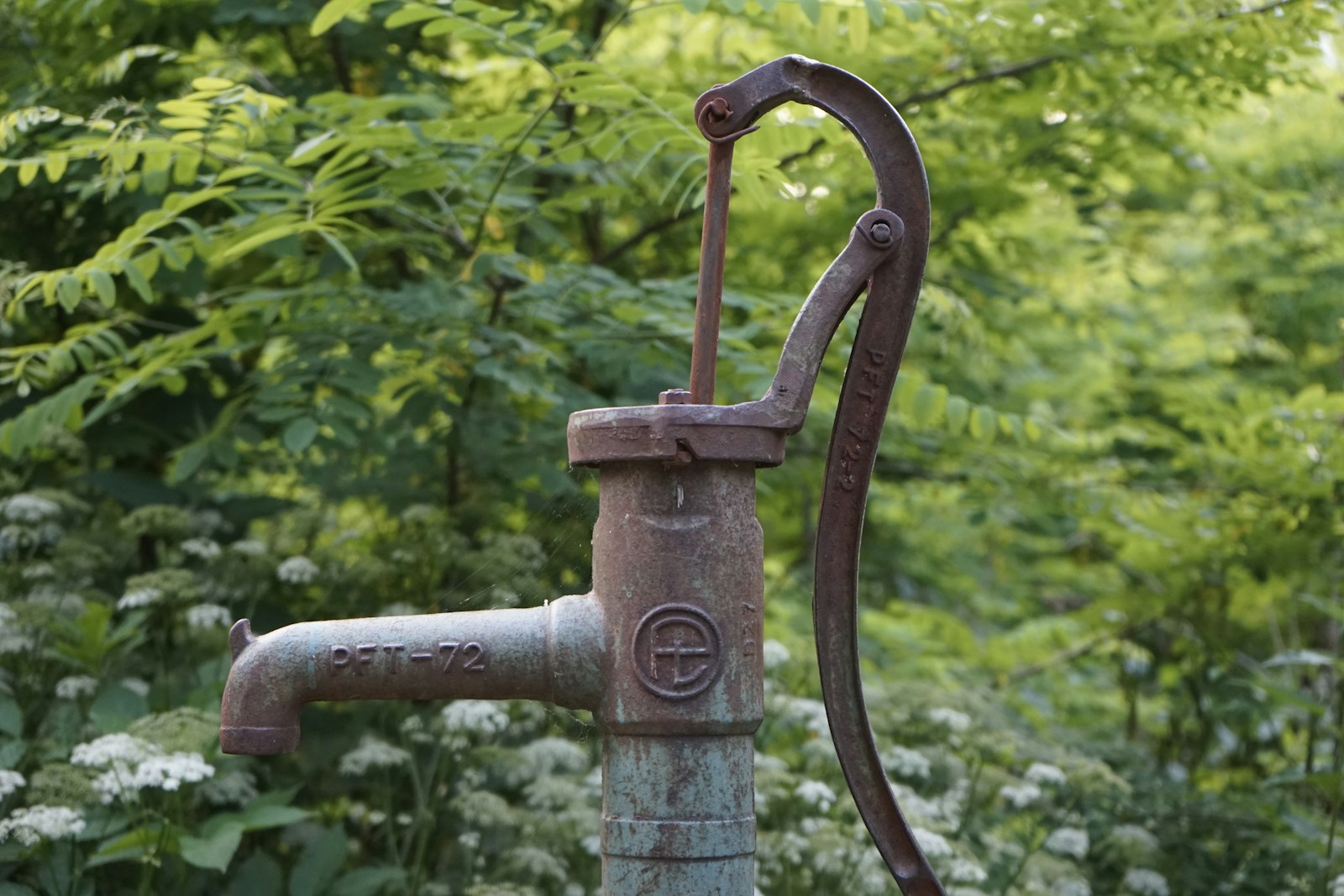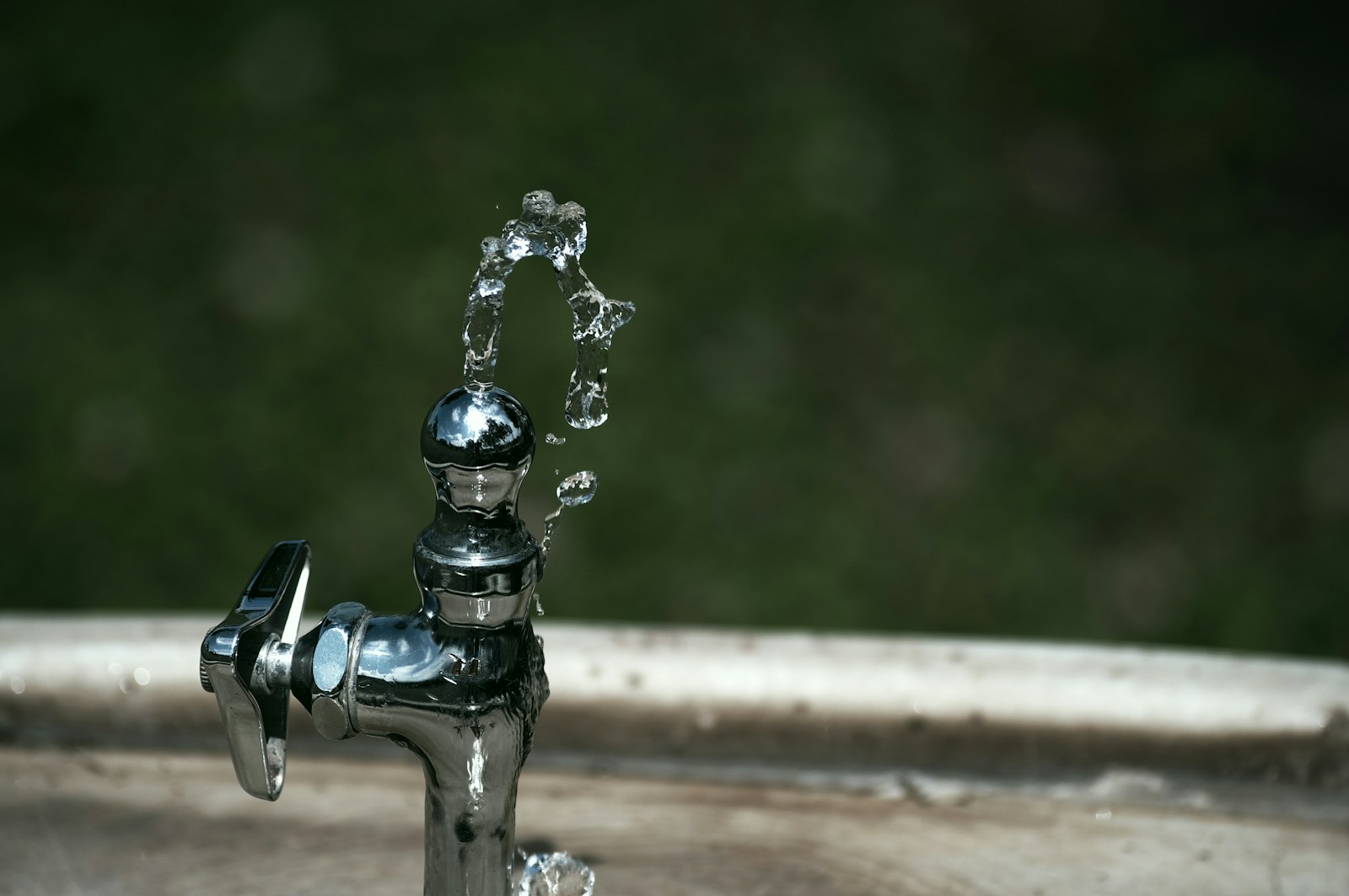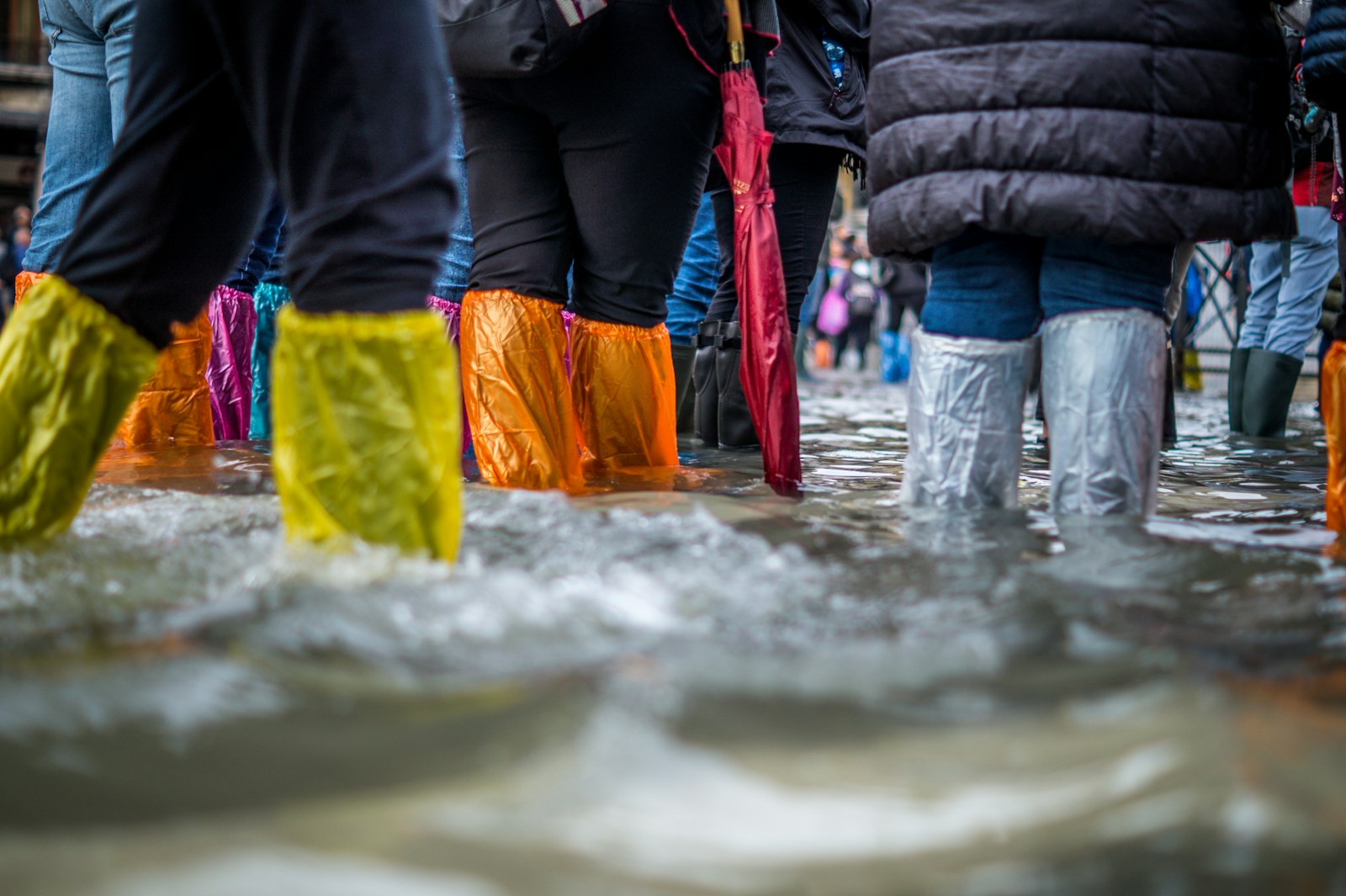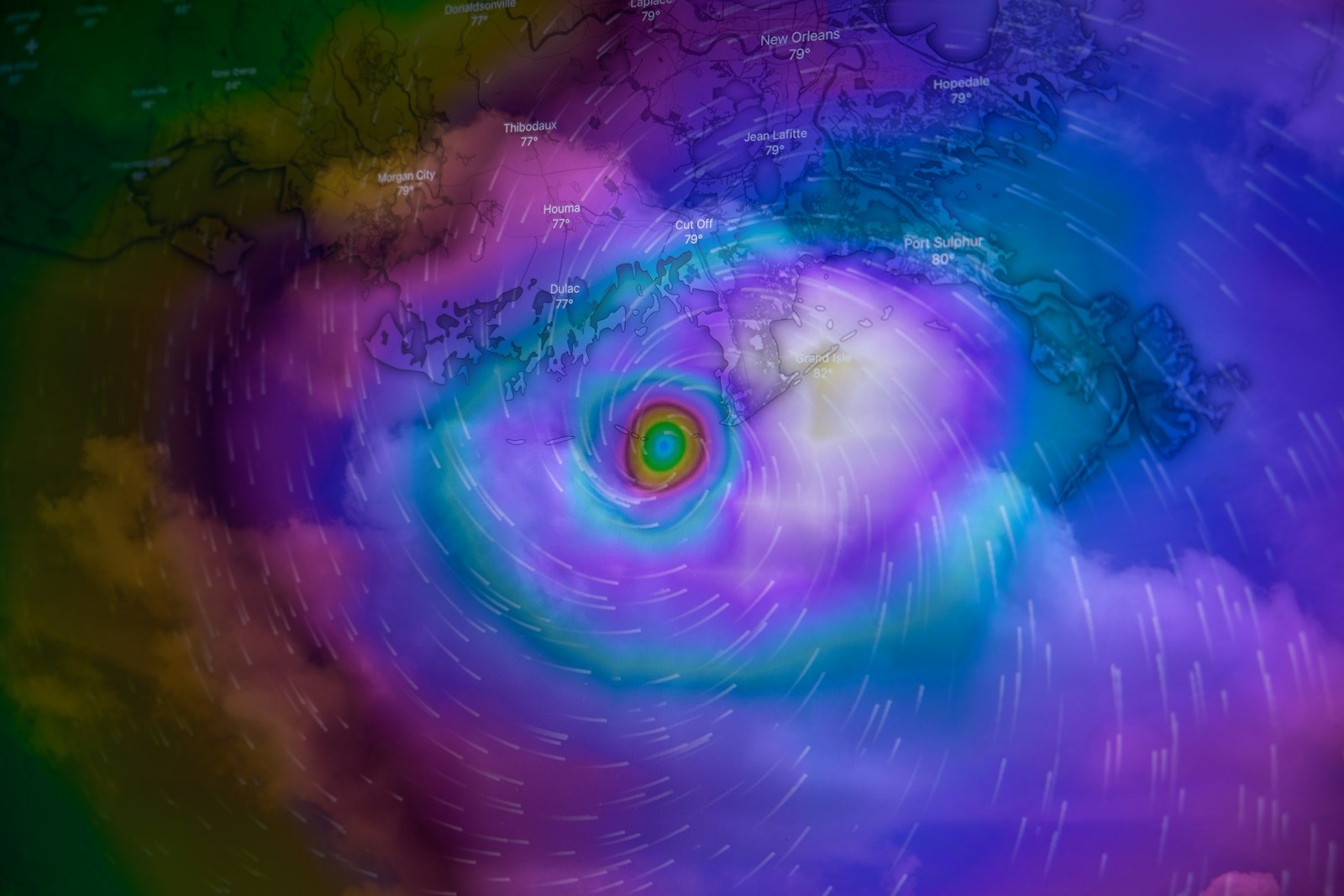Table of Contents
ToggleIntroduction
Florida is known for its sunny beaches, warm climate, and lush vegetation, but in recent years, the state has been facing a severe drought crisis that has affected nearly every corner of the region. The drought conditions have worsened in recent months, and Orlando, the largest city in central Florida, has been hit particularly hard. In this article, we will explore the current state of Florida’s drought crisis and how it is affecting Orlando.
Understanding the Drought Crisis in Florida
The drought crisis in Florida has been ongoing for years, but it has reached unprecedented levels in recent months. According to the United States Drought Monitor, nearly 95% of the state is currently experiencing some level of drought, with more than 50% of the state facing extreme to exceptional drought conditions. This has caused widespread water shortages, affecting both agricultural and urban areas.
The drought conditions have been caused by a combination of factors, including the effects of climate change, which has caused temperatures to rise and rainfall to become more sporadic. Additionally, population growth and increased demand for water have put a strain on the state’s already limited water resources.
How the Drought is Affecting Orlando?
Orlando is located in central Florida, which is one of the regions in the state that has been hit the hardest by the drought crisis. The city relies heavily on groundwater, which has been depleted due to the lack of rainfall. As a result, the water levels in the area’s lakes and rivers have dropped significantly, and many bodies of water have dried up entirely.
The drought has also affected Orlando’s agricultural industry, which is a significant part of the local economy. Farmers have been forced to reduce their crop yields, and some have had to abandon their farms altogether due to the lack of water.
In addition to affecting agriculture and water supplies, the drought has also caused an increase in wildfires in the area. The dry conditions have made it easier for fires to spread, and firefighters have been working around the clock to contain them.
What Can Be Done to Alleviate the Drought Crisis?
There are several steps that can be taken to alleviate the drought crisis in Florida. One of the most important is to reduce water consumption. This can be achieved by implementing water conservation measures such as fixing leaks, installing low-flow toilets and showerheads, and limiting outdoor water use.
Another solution is to increase the use of reclaimed water, which is treated wastewater that can be used for irrigation and other non-potable purposes. This can help reduce the demand for freshwater and alleviate pressure on the state’s water resources.
Finally, investing in new water infrastructure such as desalination plants and water reuse systems can help ensure that the state has enough water to meet its needs in the future.
Conclusion
Florida’s drought crisis has reached unprecedented levels, and it is affecting nearly every aspect of life in the state. Orlando, in particular, has been hit hard by the drought, with water shortages, agricultural losses, and an increase in wildfires. However, there are solutions to this crisis, and by implementing water conservation measures, increasing the use of reclaimed water, and investing in new water infrastructure, Florida can ensure that it has enough water to meet its needs in the future.








2 thoughts on “The Current State of Florida’s Drought Crisis and How It’s Affecting Orlando”
Pingback: How Climate Change and Disease Are Threatening Florida's Orange Crop and Your Juice? - Sustainability Awakening
Pingback: How Drought Is Threatening the Kansas Wheat Harvest